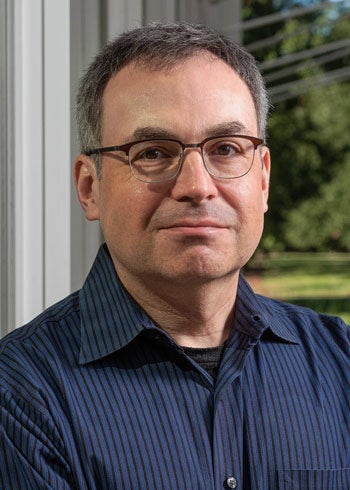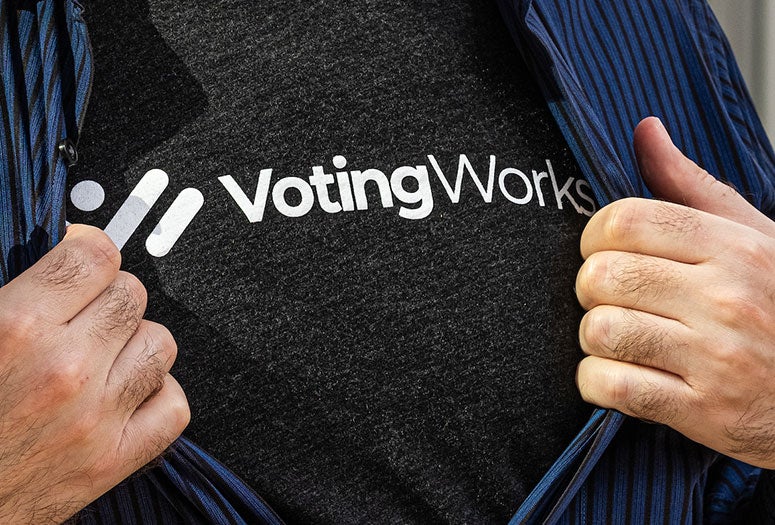Computer scientists from Rice University, Texas A&M University and the University of Alabama at Birmingham are preparing to use state-of-the-art artificial intelligence to study the robustness and security of election systems that read hand-marked paper ballots.

Rice’s Dan Wallach, Texas A&M’s Nitesh Saxena and UAB’s Chengcui Zhang were awarded a grant from the National Science Foundation to build an artificial intelligence system called Bubble Aid that can read hand-marked ballots. By training on data from millions of actual ballots, the system will use modern computer vision and machine-learning techniques to recognize hand-marked bubble targets more effectively than existing systems.
I'm very excited to collaborate on a project that brings together researchers from very different areas to look at the seemingly simple problem of scanning hand-marked paper ballots,” said Wallach, a professor of computer science and of electrical and computer engineering. “When the goal is to get exceptionally high accuracy, and perhaps even detect fraudulent ballots, our research will hopefully devise ways that we can do this better than ever before.
Even the most sophisticated systems used to scan and process hand-marked ballots primarily look at the average darkness across bubble targets on a sheet. As a result, traditional paper ballot scanners can miss partially filled-in marks or misclassify stray marks and scanner noise as filled-in bubbles. Existing systems are also not inherently designed to identify potentially fraudulent voting cases where a single voter has filled out multiple ballots.
Bubble Aid could improve vote tabulation efficiency and security by helping election officials focus their attention on ambiguous ballots that require the most manual attention. The research could also benefit people who use hand-marked forms in other applications, like standardized testing.
- Grant information
-
“Collaborative Research: SaTC: CORE: Medium: Bubble Aid: Assistive AI to Improve the Robustness and Security of Reading Hand-Marked Ballots” | National Science Foundation | Secure and Trustworthy Cyberspace Program
- Image download
-
https://news-network.rice.edu/news/files/2022/08/0829_VOTE-dw697-lg.jpg
CAPTION: Dan Wallach (Photo by Jeff Fitlow/Rice University) - About Rice
-
Located on a 300-acre forested campus in Houston, Rice University is consistently ranked among the nation’s top 20 universities by U.S. News & World Report. Rice has highly respected schools of Architecture, Business, Continuing Studies, Engineering, Humanities, Music, Natural Sciences and Social Sciences and is home to the Baker Institute for Public Policy. With 4,240 undergraduates and 3,972 graduate students, Rice’s undergraduate student-to-faculty ratio is just under 6-to-1. Its residential college system builds close-knit communities and lifelong friendships, just one reason why Rice is ranked No. 1 for lots of race/class interaction and No. 1 for quality of life by the Princeton Review. Rice is also rated as a best value among private universities by Kiplinger’s Personal Finance.

